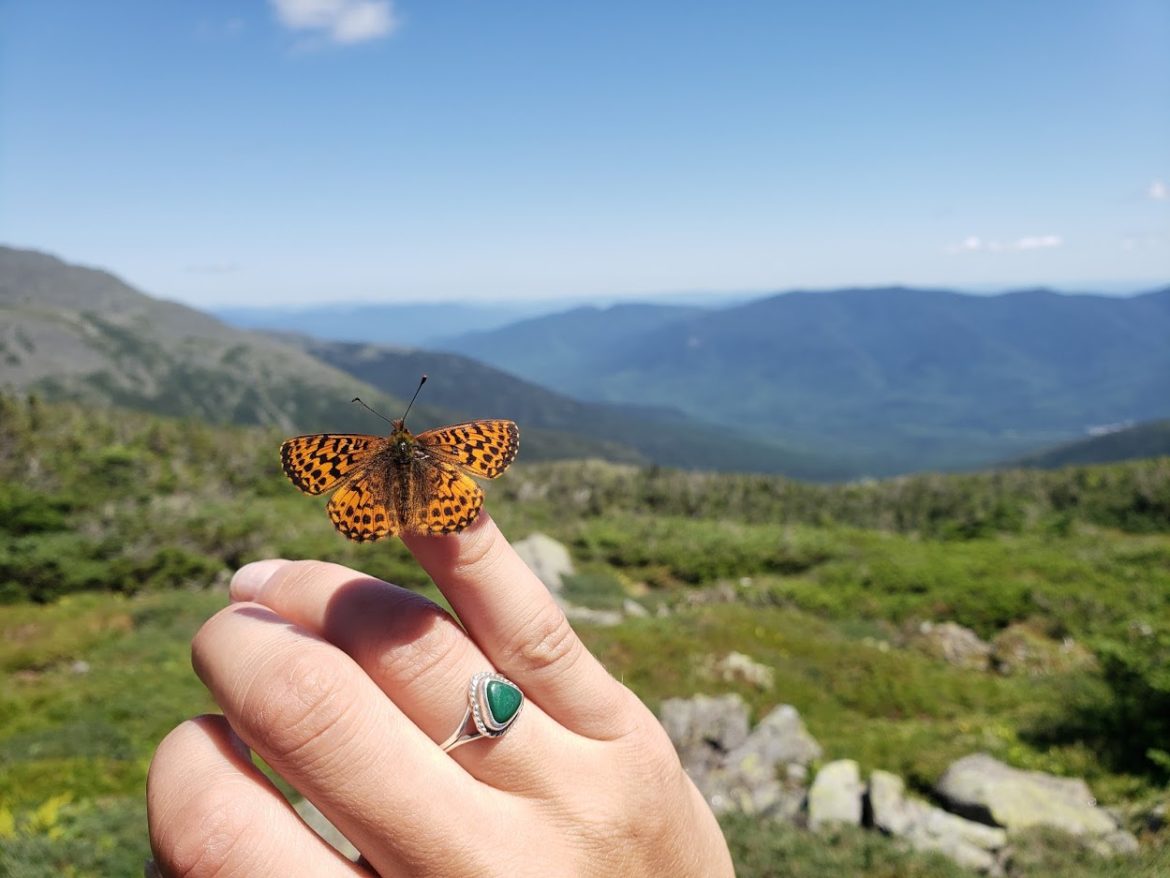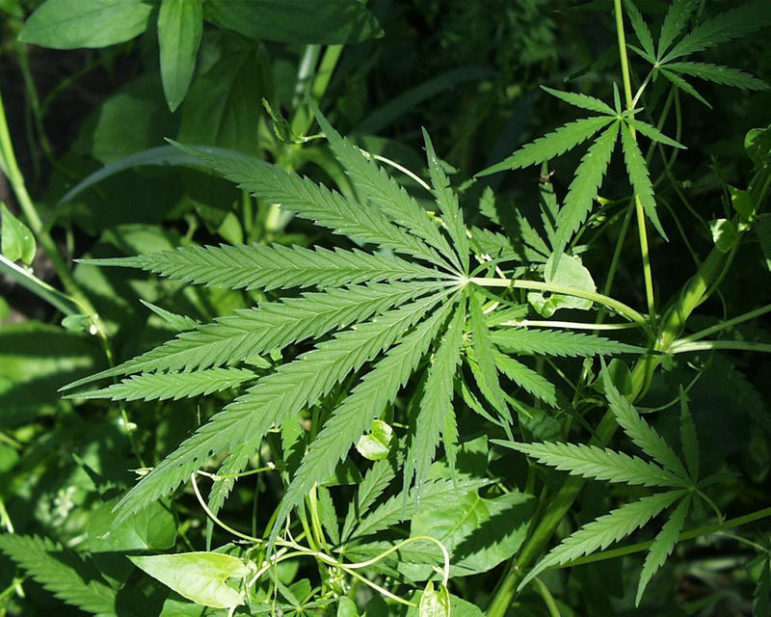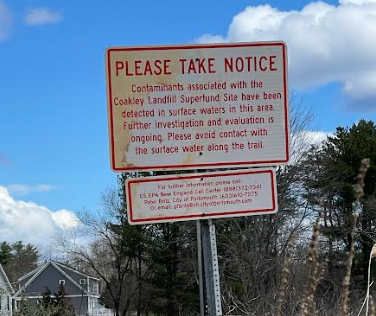Editor’s Note: This is the first in an occasional series about endangered species and climate change in New Hampshire that InDepthNH.org will focus on in the coming year.
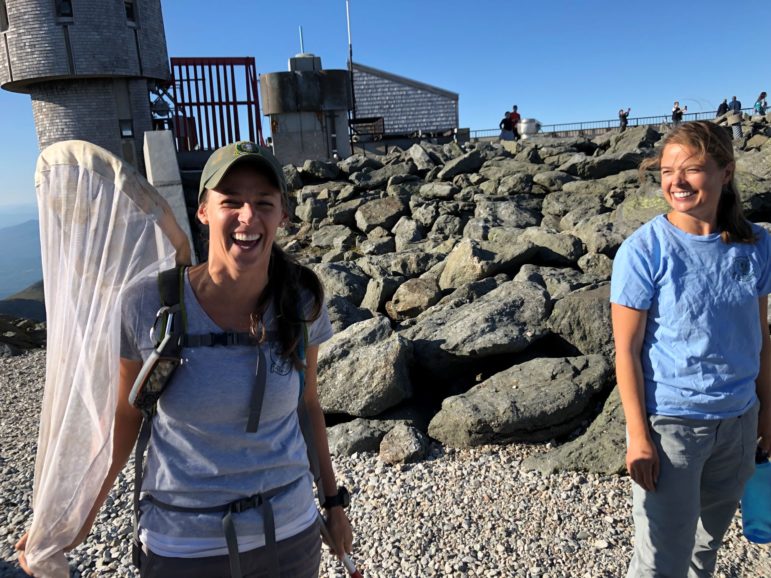
By PAULA TRACY, InDepthNH.org
THOMPSON AND MESERVE’S PURCHASE – The peak that is home to some of the world’s worst weather is also home to a rare butterfly, recently rediscovered and now being studied by biologists who are hoping to find out what it eats and how it lives in such an extreme climate.
The White Mountain fritillary, a pretty orange and black butterfly with a wingspan just under an inch and a half, has been found solely in the 4,158-acre alpine zone of New Hampshire.
It was discovered 140 years ago but remained largely forgotten until relatively recently.
Heidi Holman, diversity biologist at the New Hampshire Department of Fish and Game, heads the White Mountain fritillary project. Holman also works to protect the Karner blue butterfly in the Pine Barrens of Concord and the frosted elfin.
“I really love to get to know it and try to solve the mystery before it’s not there anymore,” Holman said of the tiny White Mountain fritillary whose adult lifespan is just one week. “We don’t want to see it disappear and not have known why.”
Like the rare Karner blue butterfly, the White Mountain fritillary is being studied in hopes of improving its numbers and learning more about how it survives and to see if it should also be listed as endangered by the federal government.
Unlike the Karner blue, which is found elsewhere in the United States, including Michigan and Indiana, the White Mountain fritillary may turn out to call only New Hampshire its home.
Holman and Samantha Derrenbacher, a biological aide for the Fish and Game Department, work out of a small laboratory at the White Mountain Observatory. They hope to learn all kinds of basic information about the White Mountain fritillary such as how it survives in such a harsh climate where wind gusts have been recorded up to 231 miles an hour atop Mount Washington.
“We don’t even know what the caterpillar eats,” Derrenbacher said.
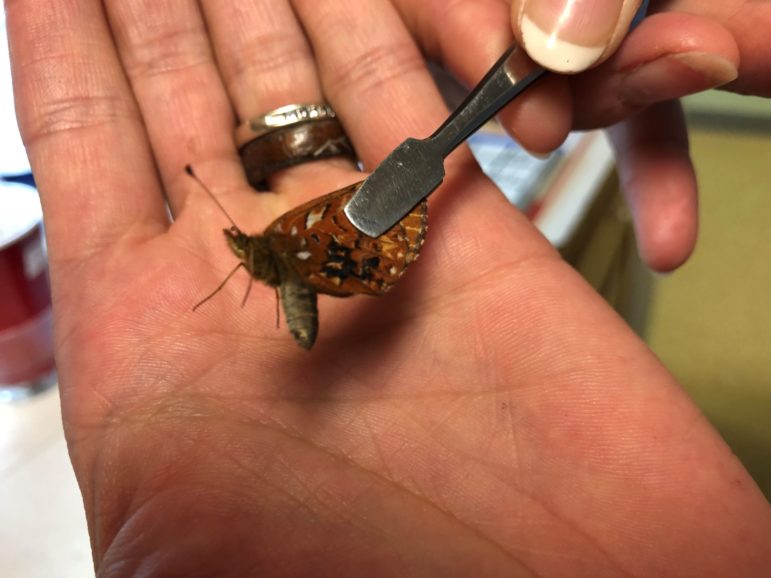
As of Aug. 20 when InDepthNH.org visited the lab, the researchers had documented more than 160 of the rare butterflies in their count this year at the summit of Mount Washington, the Alpine Garden, Edmunds Col, in Nelson Crag and along its trail and on Mounts Clay, Monroe, Jefferson and Eisenhower at elevations of 4,700 feet and above.
Big day
Derrenbacher was thrilled that day when she became the first person in history to witness a female White Mountain fritillary lay an egg on a leaf in the wild. She collected the egg to study in the lab.
“I can tell you I was shocked beyond belief. I love these little things so much,” Derrenbacher said. “I’m always chasing them around and being really careful trying to get pictures of them and not harm where they are laying eggs or living. It was this perfect moment.”
Having spent two summers searching for the tiny butterflies over hundreds of miles of trail, it was a moment to celebrate.
“A butterfly is really beautiful and unique and fun to try and spot,” Derrenbacher said. “We have this absolutely beautiful alpine environment that has very diverse species that live solely in that area and Fish and Game is responsible to make sure we can keep that diversity going. It would be so tragic to lose something like that.”
And they require specific habitat to survive. The average temperature on Mount Washington is 30 degrees year-round with many days reaching very low temperatures.
“It can snow literally any day of the year,” she said. “An adult butterfly obviously can’t fly when it’s snowing. It won’t survive, but for some reason these butterflies are able to survive these events and continue to over-winter, which is similar to hibernating.” After the four to six weeks that the butterflies fly, the lab will move back to Concord for the winter.
In Concord they will study how they over-winter and if the fragile butterfly can be reared in captivity. They have had success with the Karner blue butterfly. A grant from the U.S. Fish and Wildlife Service is helping to answer some of the questions, with the hope that by 2023, scientists will know enough about the White Mountain fritillary to evaluate them at the federal level.
Currently, the state lists the White Mountain fritillary (Boloria chariclea montinus) as an endangered species. Its federal listing is “to be determined.”
While the study of the butterfly is relatively new, it has been a known species since early scientists explored the rugged environment of the state’s highest mountains.
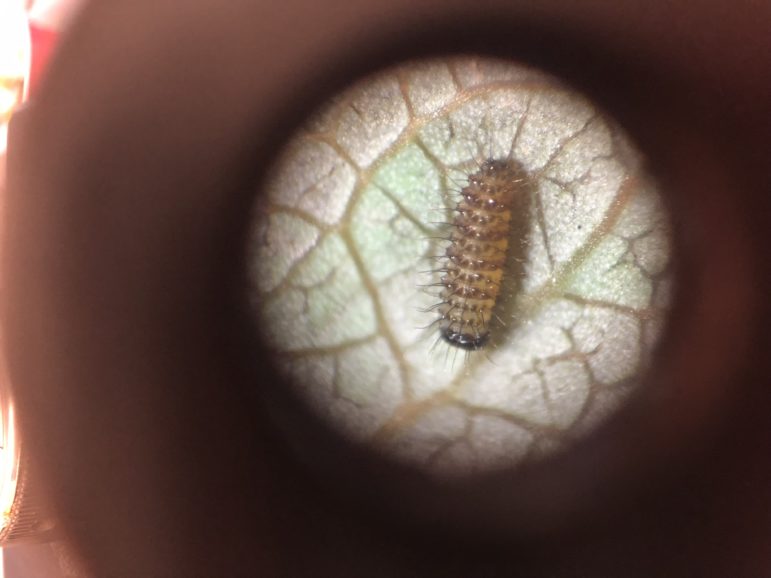
Living relic
To understand the significance of this living anomaly, it’s important to think of the seven-mile area at the top of New Hampshire as an island rising up above the water. After the glaciers receded about 13,000 years ago, they left behind a tundra at high elevations with a sea of green trees and vegetation below tree line.
This change from a period of glaciation left an island home above 4,400 feet with different characteristics in soil, temperature, wind, and nutrients, not found anywhere else in the state. This zone has a higher acid level in the soil, lower nutrients and is largely wetter and colder than other areas.
The tiny butterfly is endemic – meaning native and restricted to – the White Mountain alpine zone.
With increasing pressure on this island in the sky from factors including climate change, pollution and land use, it becomes more critical to understand the habitat and what survives only there, Holman said.
A report available to visitors at the Mount Washington Observatory explains: “Our goal is to gather as much information about the conservation and life history of the White Mountain fritillary. Effective conservation of the species relies on this study and additional studies.”
Early studies
In 1889, the White Mountain fritillary was discovered by Samuel Scudder, a founder of the Appalachian Mountain Club and long considered the “grandfather of New England lepidopterists (a person who studies butterflies or moths).”
Scudder found the butterfly in great abundance above tree line and described the two-year life cycle from egg to caterpillar to butterfly to egg. The adults usually fly as butterflies from mid-July to the time of frost. Scudder wrote that they mated and feasted in the adult stage on the nectar of alpine goldenrod and asters.
Caterpillars from eggs hatch and begin to grow in their first summer and in their second, they grow, pupate and become adults, which then lay eggs and start the life cycle again, according to Kent McFarland of the Vermont Center for Ecostudies.
Scudder’s observations were left in the books with dust on them, and no studies were done until about 2002 and 2003 and then in 2012 and 2013 when the Vermont Center for Ecostudies became interested. McFarland wrote that the butterflies numbered in the hundreds and their range in the world was about the seven-mile length of the Presidential Range in New Hampshire.
Inside the lab
Just feet from a bustling visitor center, past the rope that separates the state park building from the White Mountain Observatory, a door on the left is adorned with a poster of the orange and black butterflies. Inside the door, a room the size of a large closet, a half-dozen red Solo cups sit on the counter. The tops are covered with mesh netting and filled with wildflowers.
At the bottom of the cup sits a mixture of water and honey to create a climate-controlled incubator habitat. Inside each Solo cup is a captured female White Mountain fritillary.
Larger netted environments contain males, which appear slightly different from the females because of differences on the edges of their wings.
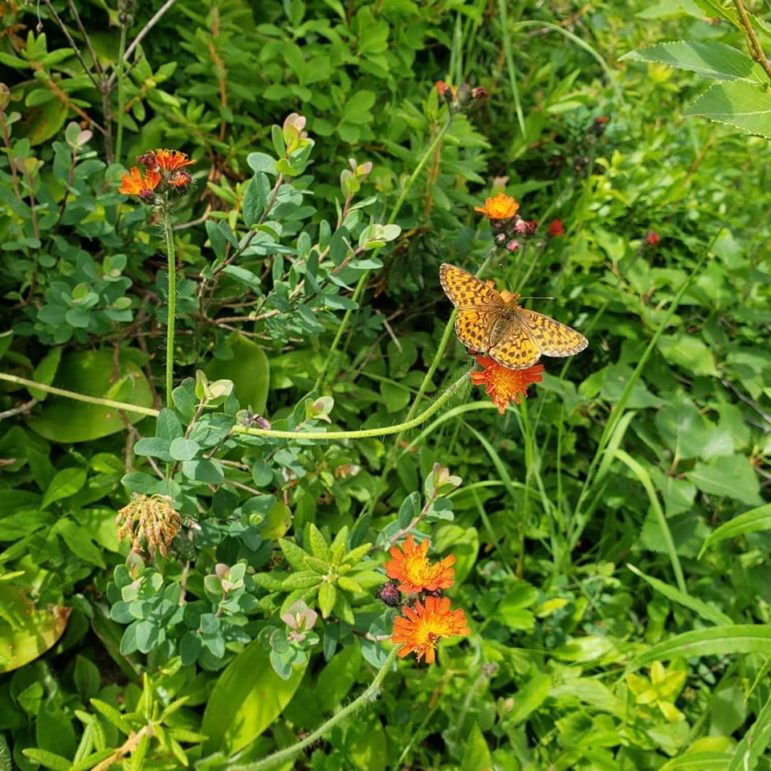
One theory is that the White Mountain fritillary survives winter in snowbank communities which retain moisture, provide shelter longer and that is “where we have been snooping,” according to Derrenbacher, who said that last year, the first year of the study, they tried but failed to have over-wintering success in the Concord lab.
“Last year, the larvae that we decided to over-winter we put into a refrigerator that was hovering right above freezing. It got as warm as 45 degrees,” said Derrenbacher. “Unfortunately, that 45 degrees was not successful.” None of the samples survived.
This winter, they have a new, diversified winter plan.
There will be a few different batches taken to Concord (which is also inhabited by the Karner blue and has shown success rates at rearing of 30 percent, considered very good by captive butterfly-rearing standards. The Karner blue does have a system that allows them to be frozen in winter.)
One study group of the fritillary will include a batch that will be frozen to see if they have their own anti-freeze system that might allow them to survive and retain fat. Holman said it might be that they need to be frozen to retain some fat reserves which could get them through to the feeding season when the plants in the alpine zone are ready to be consumed, later in the spring or early summer.
Similar studies on butterflies like a genus of fritillaries in Colorado have found captive-rearing rates at 6 percent. Researchers here said they would be very happy with 6 percent.
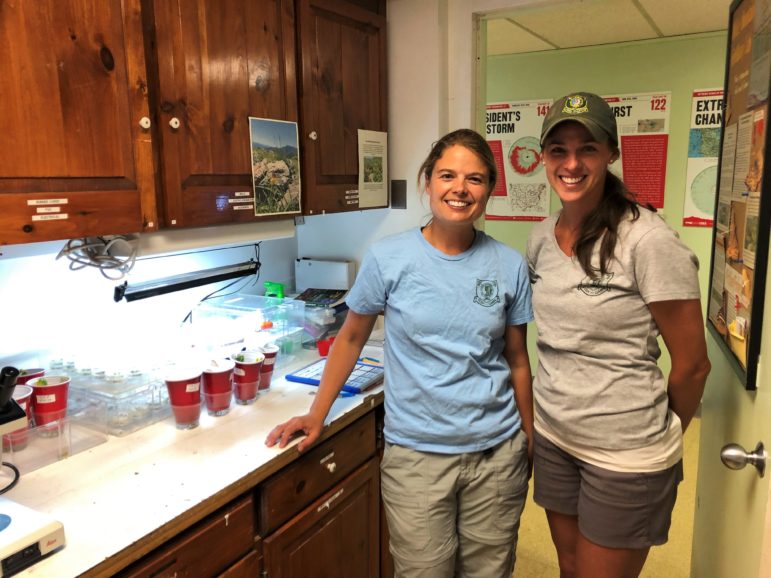
Vulnerable to extinction?
Scudder, in his 1889 discovery of the White Mountain fritillary, portended doom.
“It would seem as some special device were needed to maintain this apparently near-extinct species in such a desolate region,” Scudder wrote.
Later he added that this butterfly “seems really doomed to destruction.”
Pollution, ultraviolet light, recreation, and development of the mountain region could be the destructive force, if not climate change, but yet, the butterfly has survived so far.
“Probably no wandering collector has often seen more than eight or ten of these butterflies in a day’s scramble among the mountains,” Scudder wrote. “But if sought early in July, they might be found in greater abundance. On a single occasion only, I have seen as many as four at one time; they are most common about the steep heads of the great ravines …” Huntington, Tuckerman and the like.
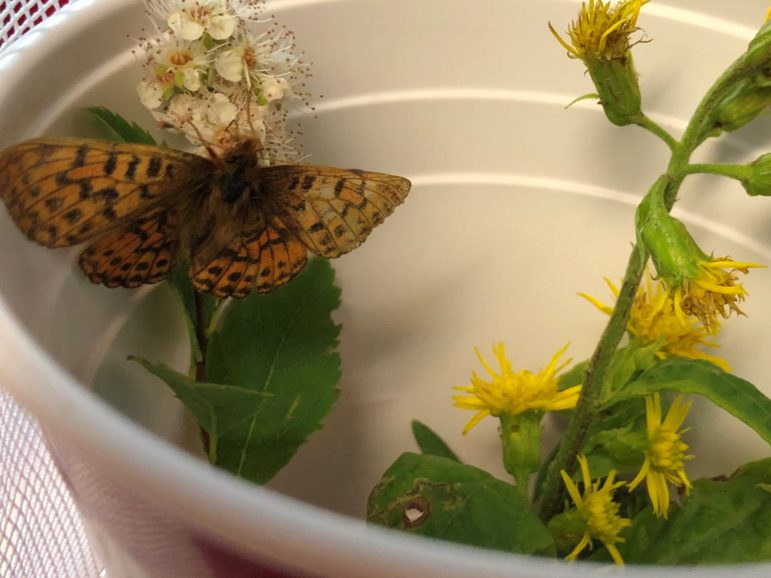
Holman said New Hampshire Fish and Game became involved with the White Mountain fritillary after the Appalachian Mountain Club was considering changes to its septic system at its Lake of the Clouds Hut.
“The priority for the project to get going is the USFWS schedule for reviewing the decision to federally list species, this species is slated for 2023. We want to get this work done to complete a Species Status Assessment that will inform a listing decision. The conversation with the AMC about their activities at the Lake of the Clouds hut was an opportunity to begin building partnerships with others in the area to work on the issue,” Holman said.
#FRITILLARYFINDERS
The U.S. Forest Service, together with New Hampshire Fish and Game, have just begun to engage the public in helping to study the White Mountain fritillary.
A pocket with colorful business cards reading, “Have you seen this butterfly?” is on the lab door at the Mount Washington Observatory.
Visitors to the alpine zone are asked to take a photo of the rare butterfly, record the location and date and time it was taken and upload the photo to social media and tag #fritillaryfinders.
“Your photos can help us learn more about where the butterfly lives,” it reads.
Holman and Derrenbacher said they hope they have a lot more information this time next year and that funding will continue past 2020 to help them explore the secret life of this very rare resident of New Hampshire.
Few people as yet know about the White Mountain fritillary.
“We’re not trying to keep it a secret at all,” Derrenbacher said, adding they plan to launch an outreach and educational program in the future.
“Our greatest hope is that we can successfully rear them in captivity so if mitigation is needed in the future, we can give the population a boost and have a good protocol in place that can give us that opportunity and to get a better understanding of why this butterfly is even able to survive and what it needs,” Derrenbacher said.
“This will help us better make decisions on how to help the White Mountain fritillary or at least keep a good eye on it in the future.”
